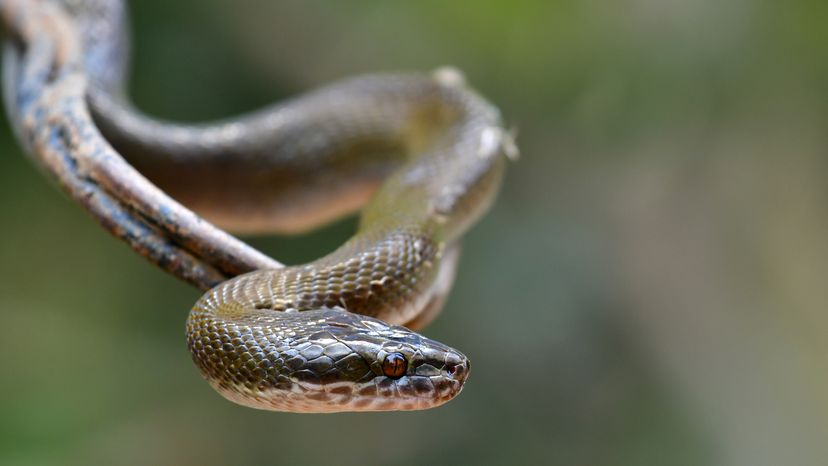
The African house snake is a small, nonvenomous snake native to southern Africa, often kept as pets due to its docile nature and ease of care. If you're into reptiles, you may have heard of them, but if not, you're in for a treat!
Unlike some of their larger cousins, African house snakes are relatively small and well-adapted to living in close proximity to humans. They’re excellent hunters, keeping local rodent populations in check, and they’re even a popular species for captive breeding.
Advertisement